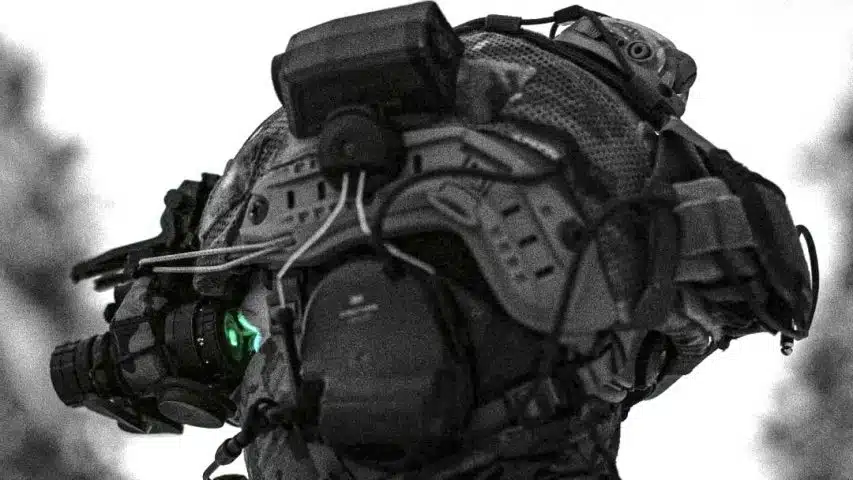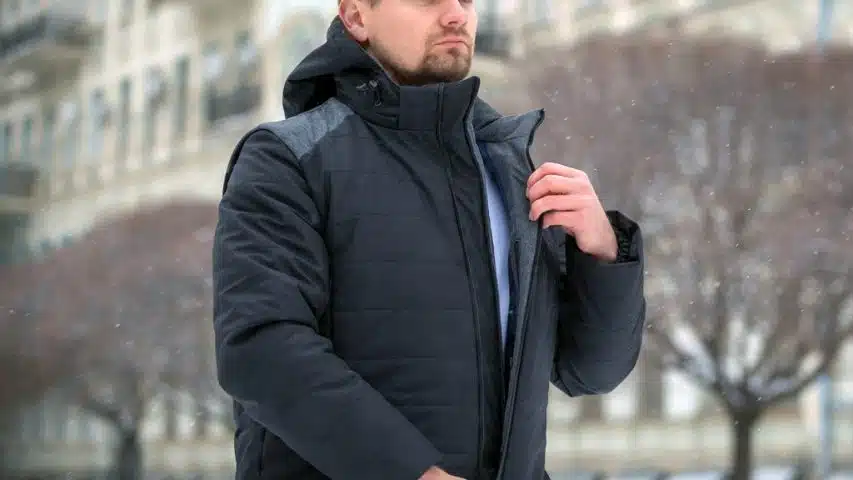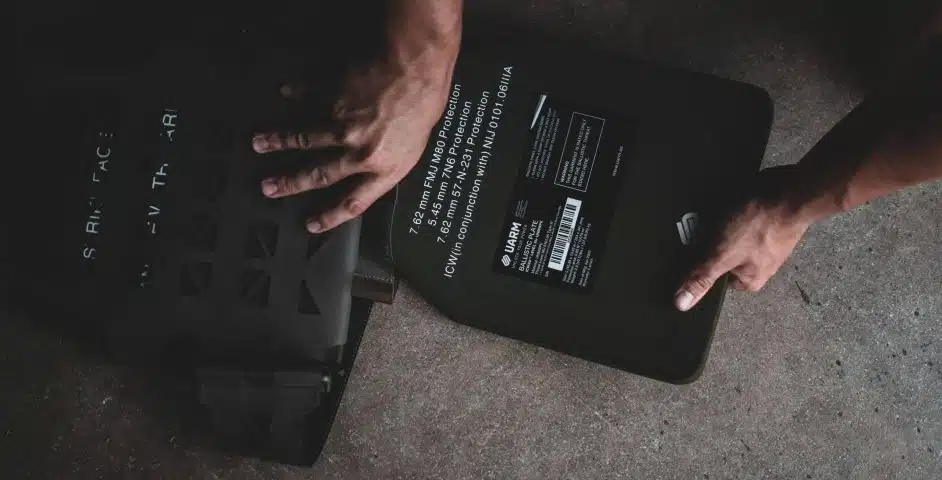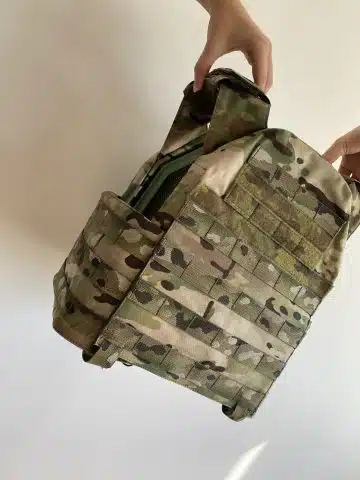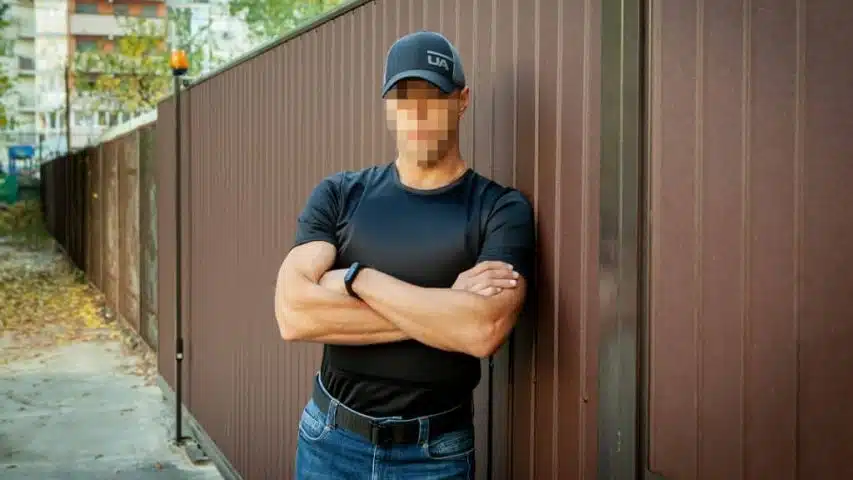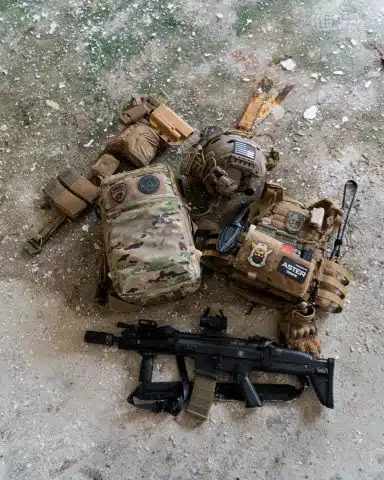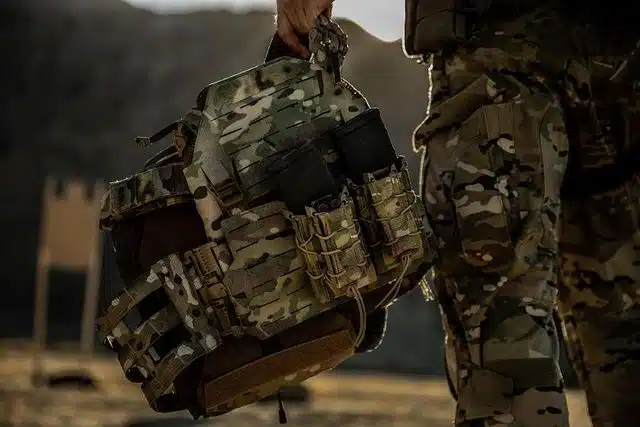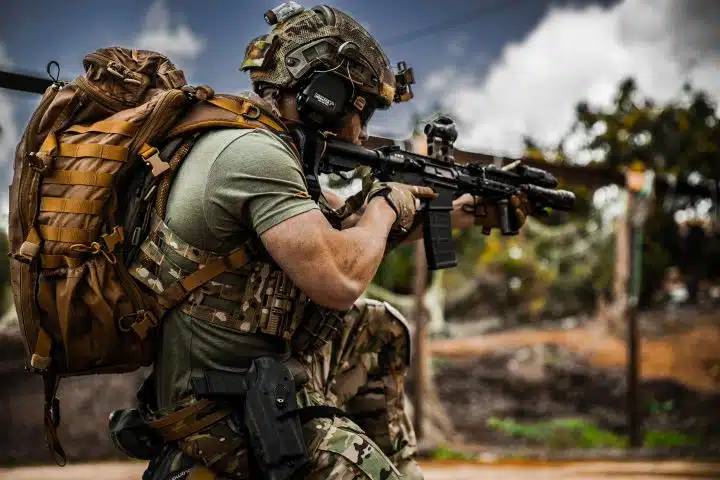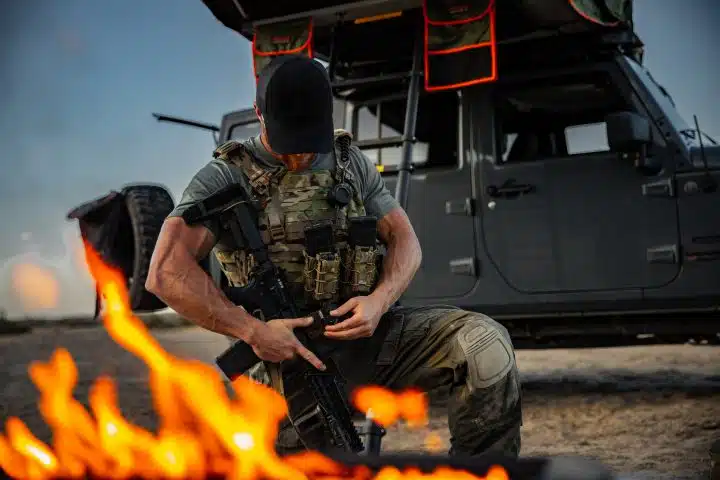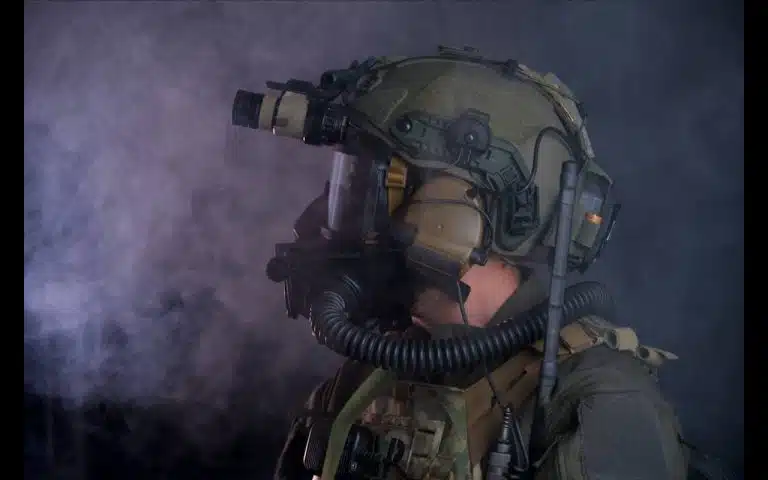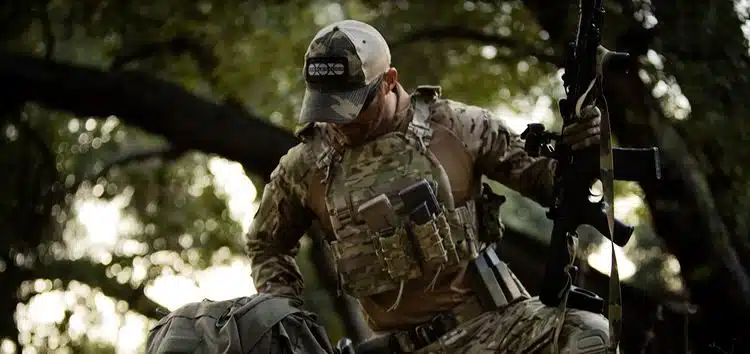A bump helmet is used to prevent bumps on the head. But, selecting a good bump helmet is not as easy as knowing the general purpose of the gear. The best models around are those that will not only serve as a hardhat but will also stop piercing and be able to attach gear on.
There are three main aspects when selecting a bump helmet:
- Protective capabilities
- Tactical capabilities
- Comfort
Bump Helmets and Ballistic Helmets
Not being able to distinguish between ballistic and bump helmets can be a fatal mistake. Thankfully, the moment you take one or the other in your hand you will know exactly which one is which. Namely, bump helmets don’t have the added layers of aramid ballistic protection, making them several times lighter than their ballistic counterparts. Because of this the fastening usually won’t be as intricate, making it possible to pick them apart visually. Unlike ballistic helmets, a bump helmet won’t be able to stop any type of high-velocity projectile regardless of the caliber. They are made only to protect from relatively slow-moving threats such as thrown rocks, falling debris, or the operator running into a sharp or blunt obstacle.Blunt Force Protection
The human body has several ways to compensate for an impact instinctively. This is why the bump helmet is made to transfer as much of the force coming towards the head either away from the operator or to spread it out to a much wider surface, ideally the whole body. To do this, a bump helmet is designed with a streamlined dome that would push most of the impact to the back. This way the trauma to the brain will be negligible and any residue force will be compensated by the neck and back muscles.Piercing Protection
When it comes to the best models of bump helmets, the piercing protection will come from the material itself and will have two goals. Primarily, the object trying to pierce the head of the operator shouldn’t be able to pass the protective dome. This also includes any of the kinetic forces brought with the object. Additionally, the sharp object should either be deflected upwards away from the operator or be logged in the plastic. Such a property is necessary to prevent any objects from slipping off the helmet and onto the operator’s face and body. Such a benefit is especially useful with activities such as extreme sports where branches and sharp rocks can quickly put the wearer at risk, which needs to be mitigated instantly.General Uses
Bump helmets are usually used outside of combat situations. But, that doesn’t mean that they are not used by armed forces when it comes to training or non-combat missions. Such helmets are also used to acclimate future soldiers to wearing a helmet at all times. Generally, there are three situations where bump helmets are used:- Extreme sports
- Outback exploration and rescue mission
- Training

